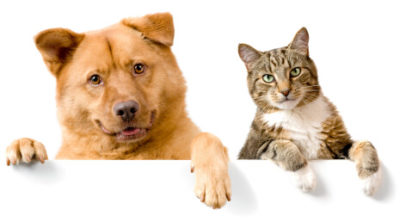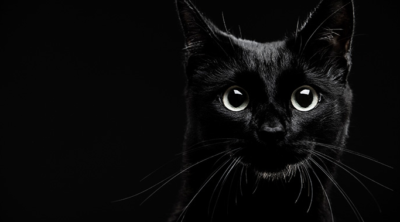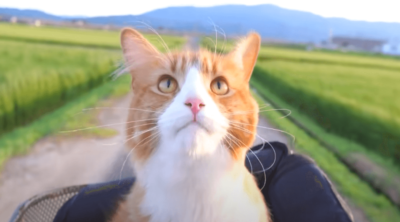
The abnormality of the heart muscle function is called cardiomyopathy. Hypertrophic cardiomyopathy in cats is a very common disease. It may lead to congestive heart failure (CHF) if not treated in time. Read on to know more about the causes, diagnosis, treatment, etc.
Feline hypertrophic cardiomyopathy is one of the most commonly occurring diseases in cats. (HCM) can affect both random bred and pedigreed cats. The papillary muscles (muscles in the left ventricle that anchor the mitral valve) and the walls of the left ventricle become abnormally thick. It is a progressive disease. The cats affected by this disease develop heart failure and subsequently, it affects the heart functions. They develop blood clots in the left atrium. This clot may be carried into the systemic arterial system. The clot commonly gets lodged in the terminal aorta, which stops blood flow to the rear legs.
Causes
This ailment can be caused by various conditions. Improper diet, toxins, and certain infections can lead to HCM. Other diseases such as systemic hypertension and hyperthyroidism can also cause hypertrophy in cats. Some cats develop the disease due to genetic conditions. Many times the cause is unknown.
Symptoms
Cats who suffer from this condition may die suddenly. Unfortunately, many times this is the only symptom of the disease. Cats do not exhibit any signs of this disease in the early stages. It is very important to look out for any of the following symptoms to monitor the underlying heart conditions.
- Difficulty in breathing- Dyspnea
- Decrease in appetite
- Lethargy
- Fainting
- Paralysis of rear legs due to blood clotting
- Coughing
Some cats may refuse to lie down or sit upright. This is because the fluid starts building up in their lungs as the heart stops functioning normally. Sitting upright helps keep the fluid away from the heart and the top of the lungs. Your cat may also be suffering from pain due to which it refuses to lie down.
Diagnosis
Diagnosis is done by the following investigations.
- Radiographs: X-rays may be helpful in showing the enlargement of the heart. Sometimes a ‘valentine shape’ of the heart is seen when the cat is suffering from HCM.
- Electrocardiogram: It helps in monitoring the heart’s electrical activity and detection of abnormalities.
- Blood Tests: Blood tests may be done to check the arterial hypertension or hyperthyroidism.
- Echocardiogram: It is perhaps the most effective way to diagnose the ailment. It can be used to detect moderate to severe hypertrophy in the affected area.
Treatment
There is no medical treatment for a complete cure. Although, the situation is hapless, it is not entirely hopeless. Some treatments are available, which can reduce the chances of heart failure and help the heart to function normally.
- Atenol and metoprolol are beta blockers which help to improve the ‘filling’ function of the left ventricle. This will help in increasing the volume of blood flow to the lungs and decrease pulmonary edema.
- Diltiazem, a calcium channel blocker, helps to improve the heart function by reducing the heart rate and myocardial oxygen consumption.
- ACE Inhibitors like enalapril or benazepril have shown to work better than beta blockers in clinical trials.
- Diuretics help reduce pulmonary edema. However, diuretics can also cause some side-effects. Thus, the renal function should be monitored when using diuretics.
- Hyperthyroidism and hypertension should be treated as they are the underlying causes of HCM.
Just like a particular cat’s behavior is different from that of another, similarly, the prognosis for each cat is different. With the advancement of medical technology, a cat suffering from this condition can survive for a long period, sometimes, for several years. If there are any doubts regarding the heart of your kitty, consult a veterinarian. It is necessary that the condition of your cat’s heart is regularly monitored. Remember, that the pain in your darling kitty’s heart may also cause pain in your heart.
Disclaimer: This article is for informative purposes only and does not in any way attempt to replace the advice offered by an expert on the subject.


